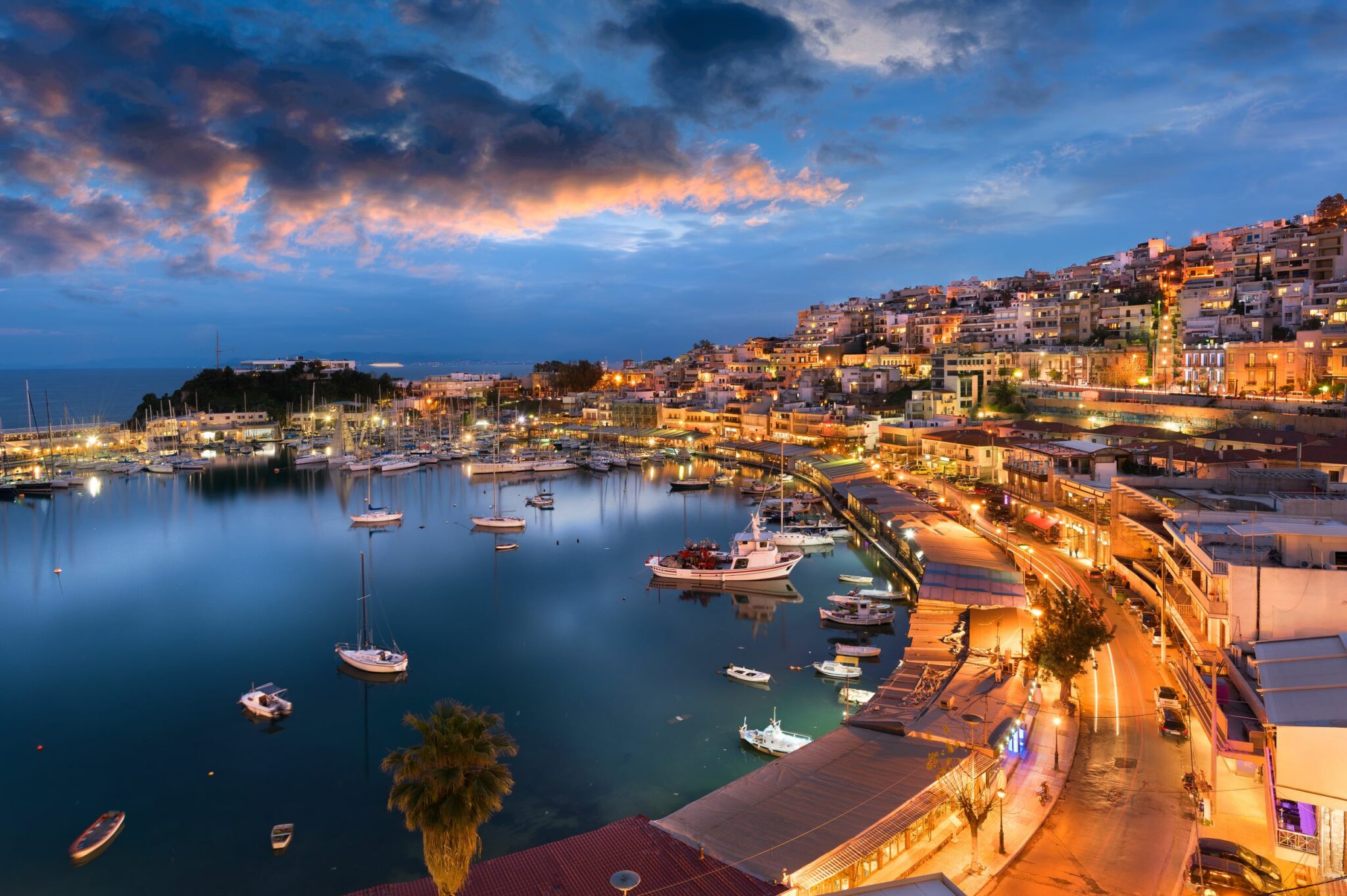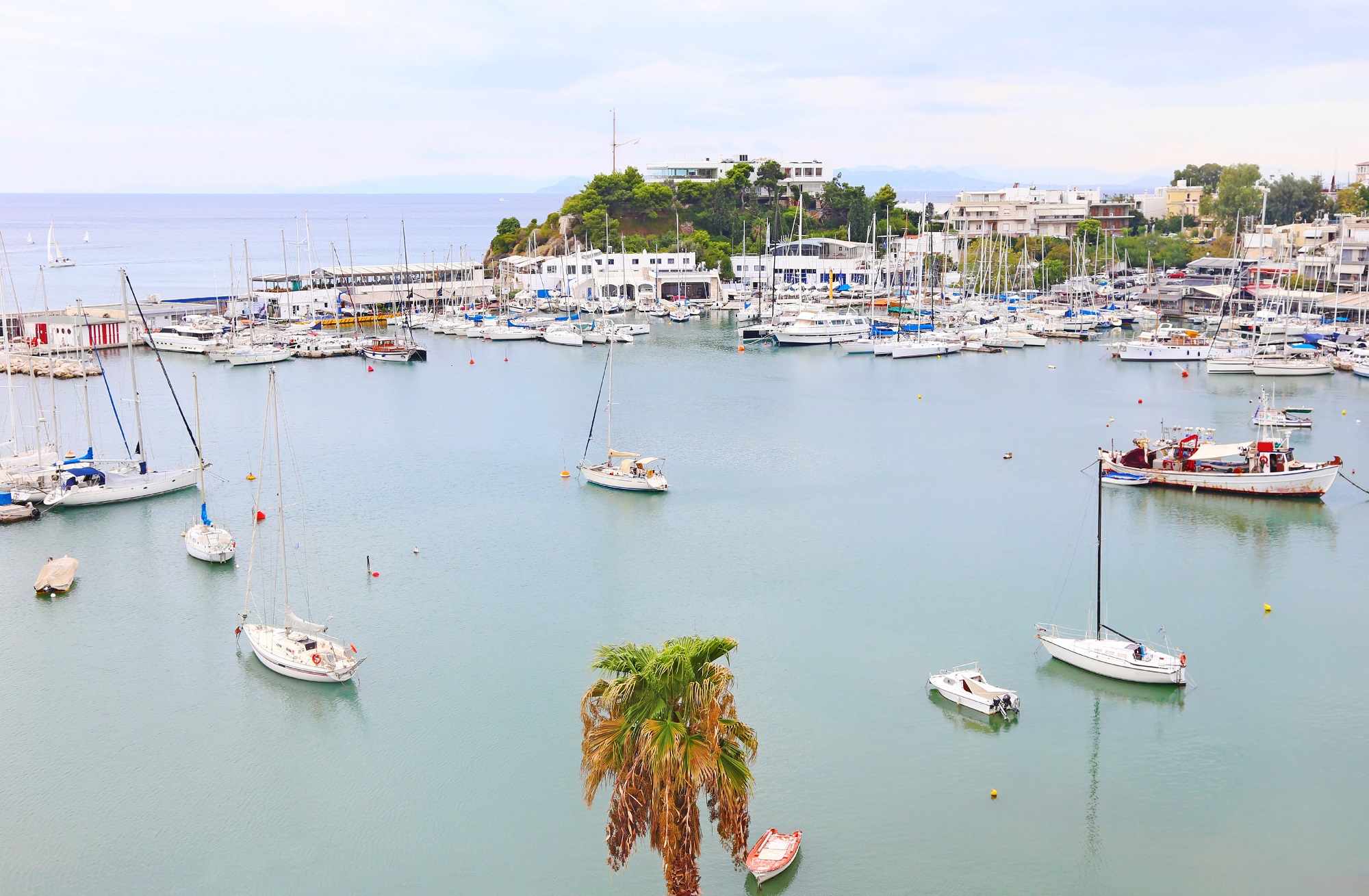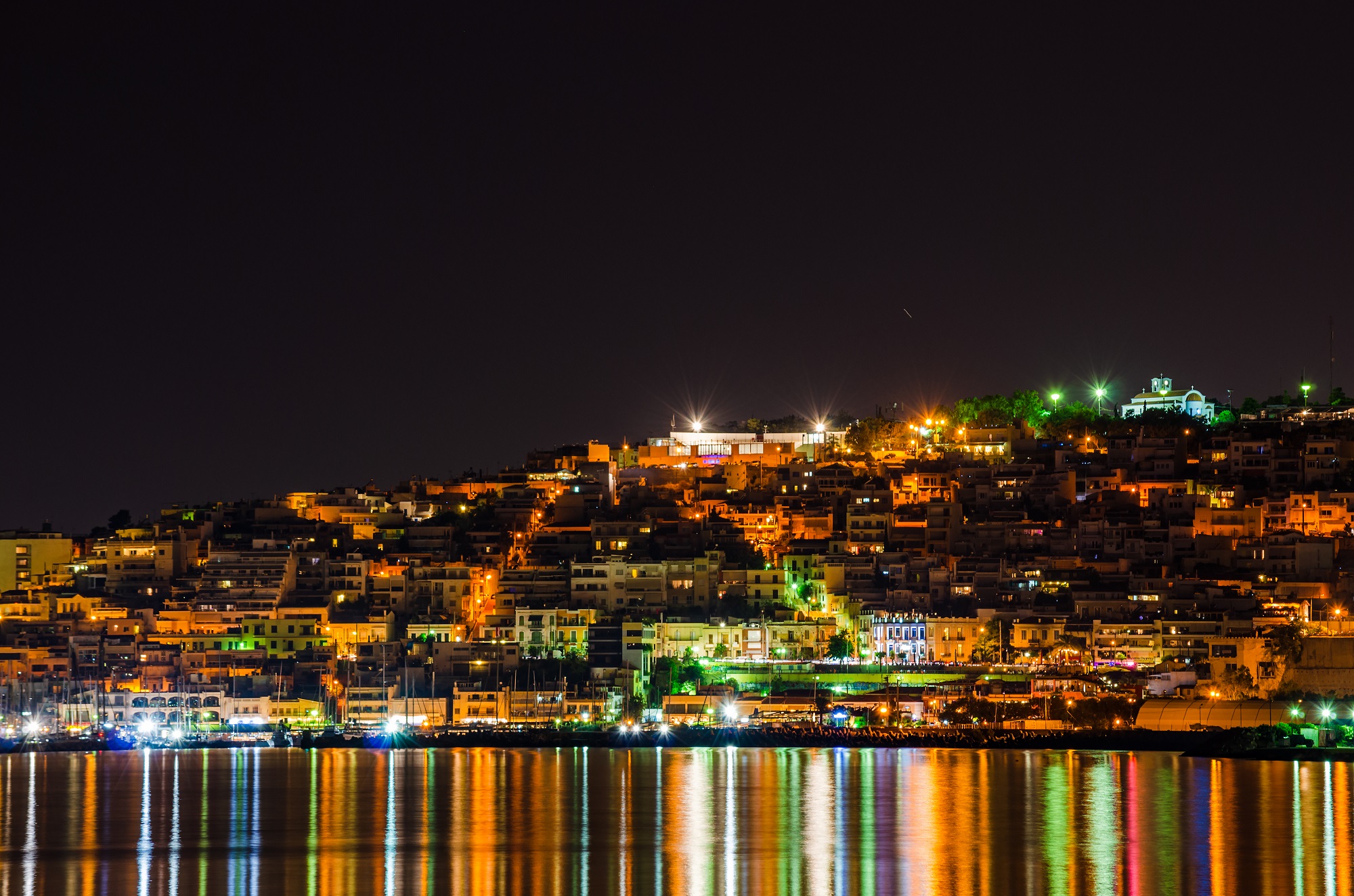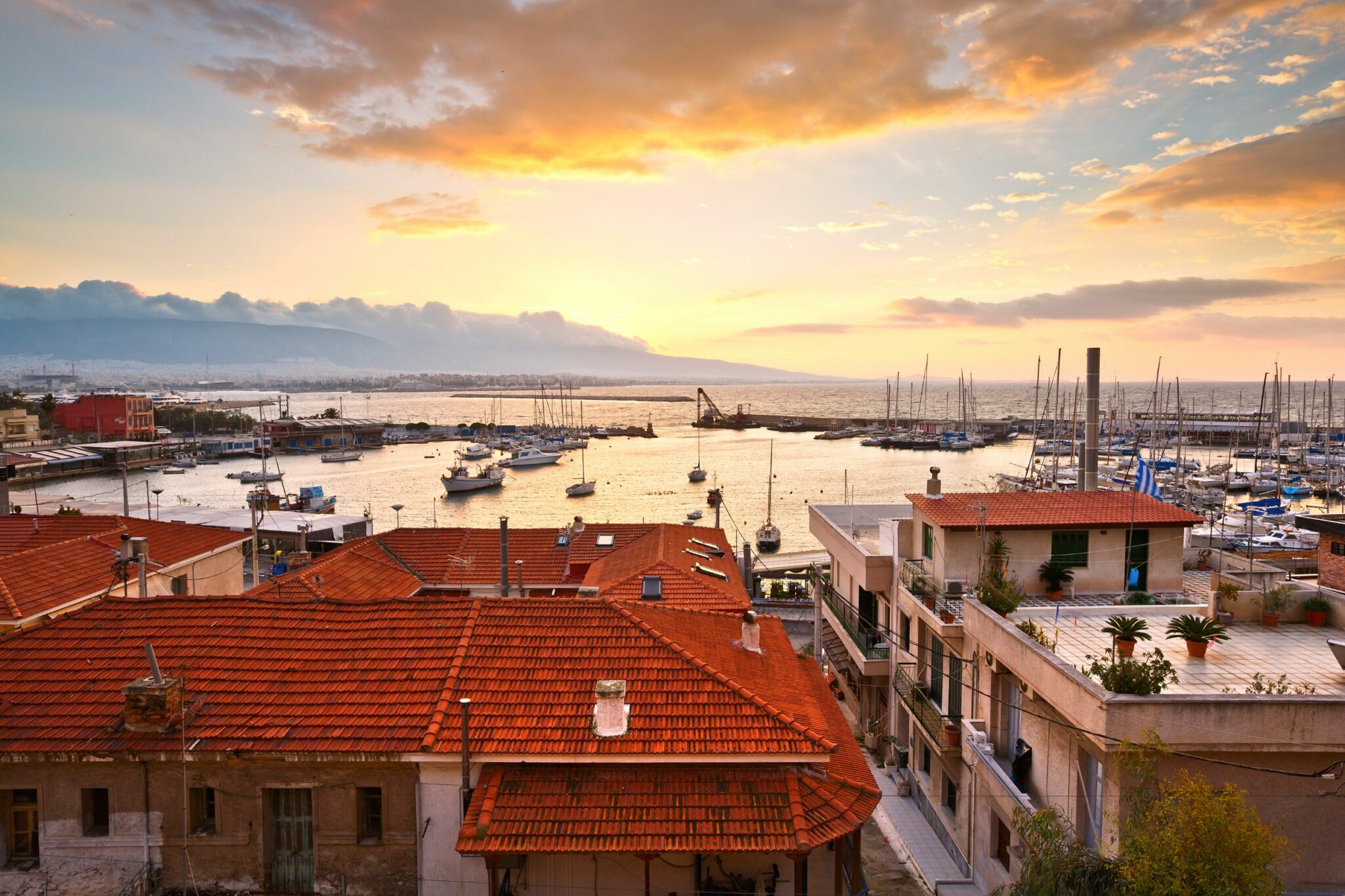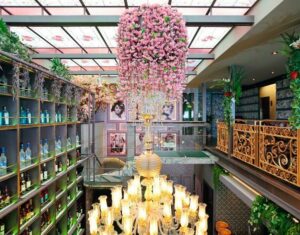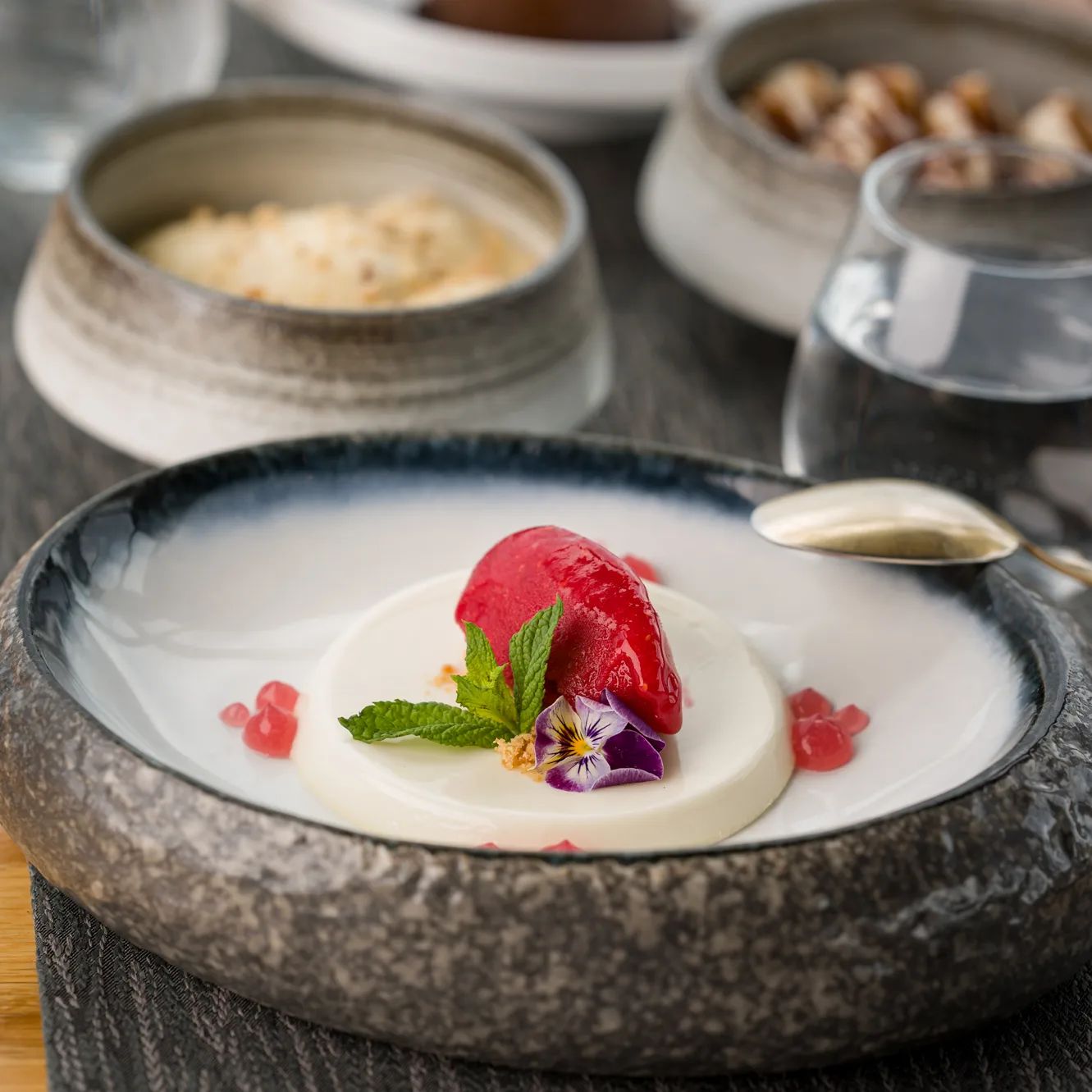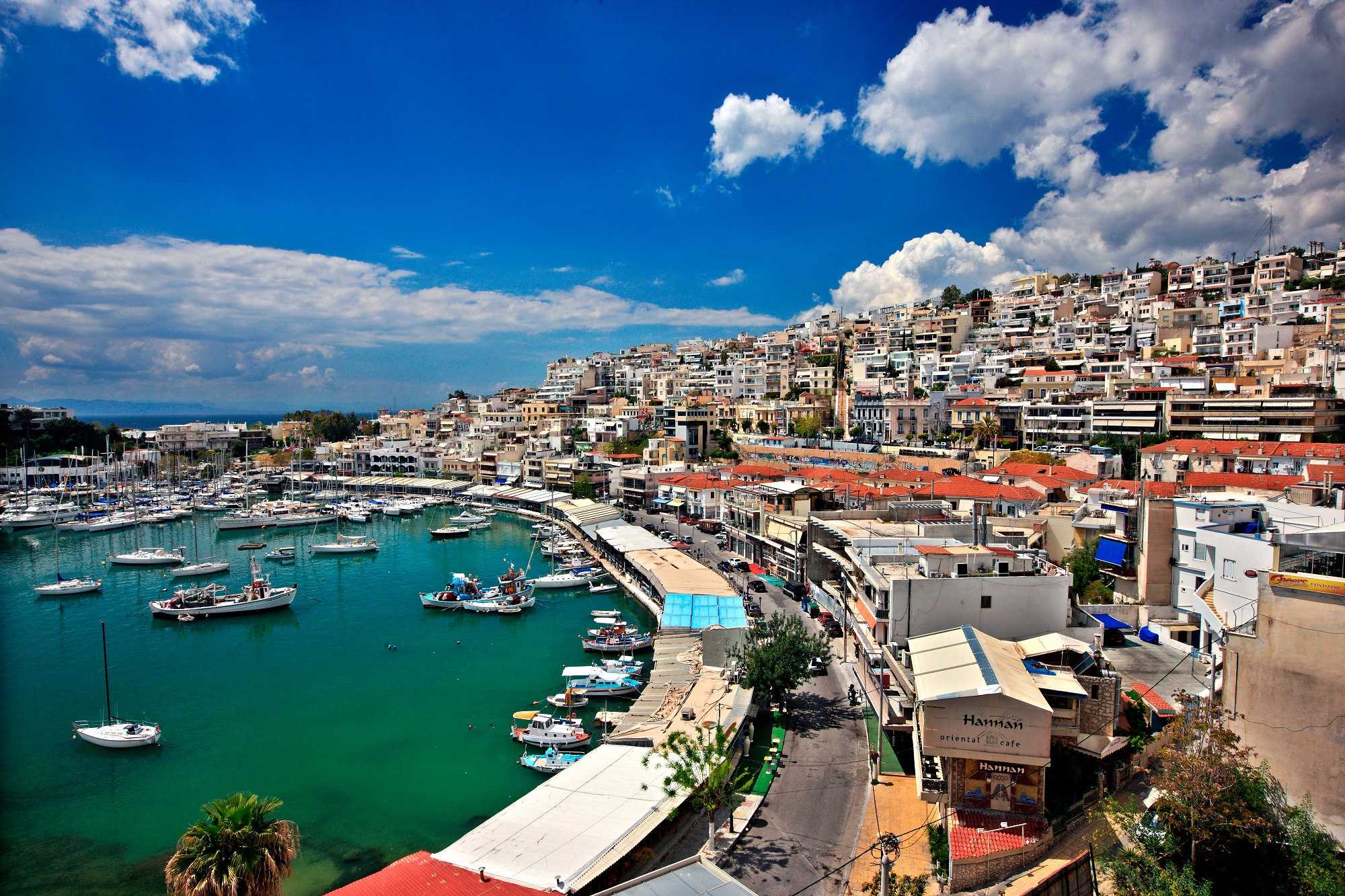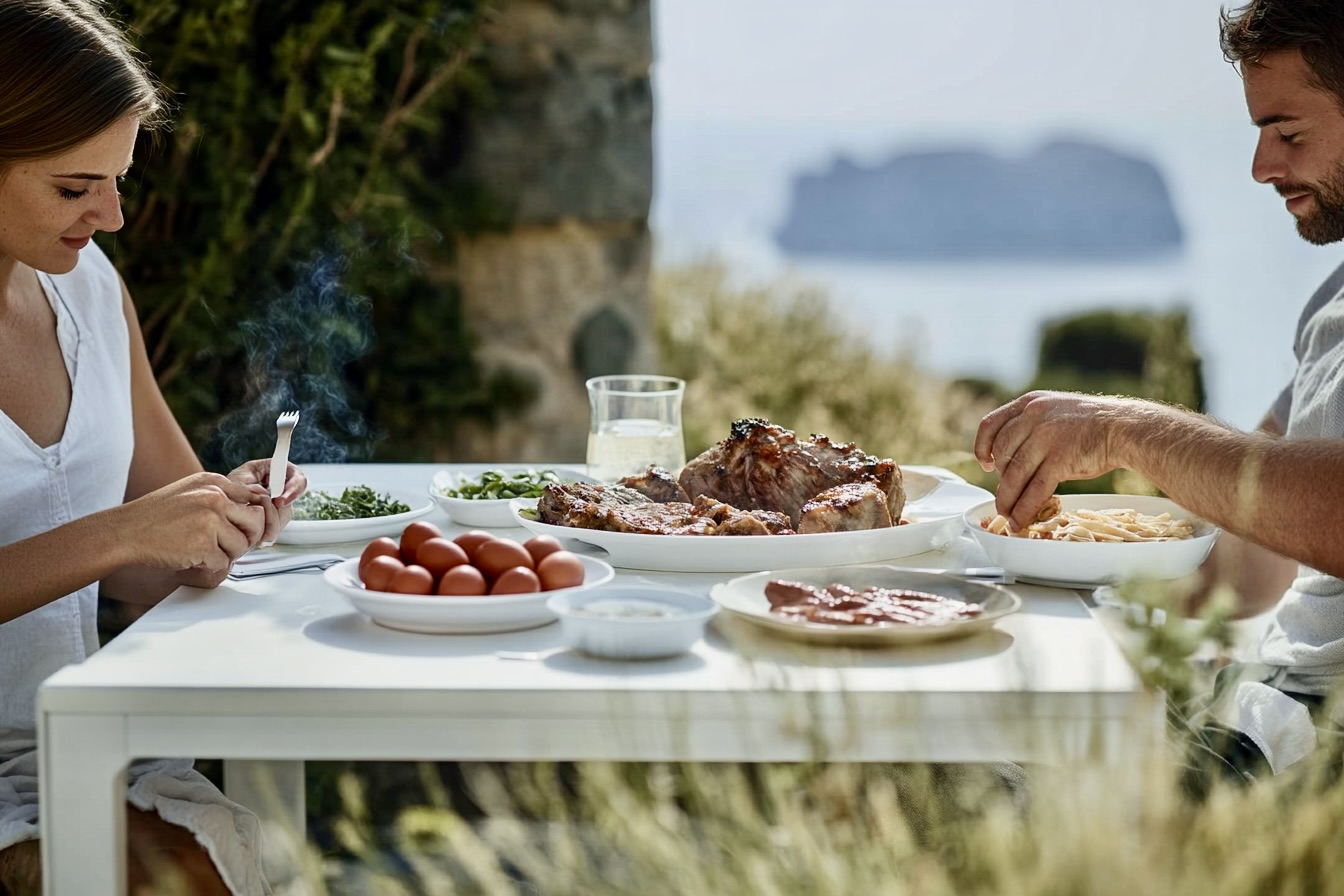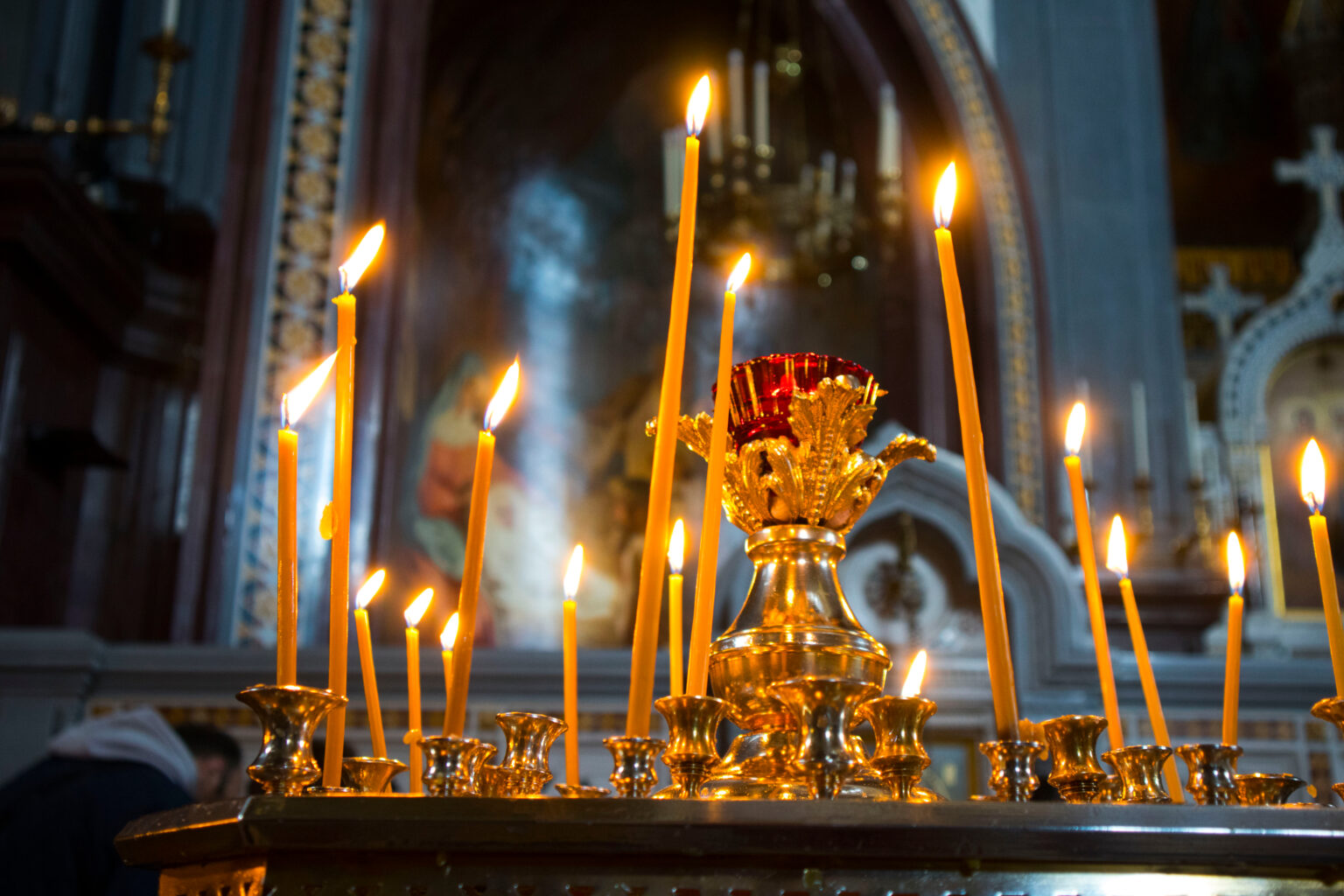In 1965, Aristotle Onassis met with Prince Rainier III of Monaco, to discuss Kastella. In fact, he even presented a model of the architectural restoration of what he aspired would turn Kastella into “Monte Kastella” – similar to Monte Carlo. His vision wasn’t fulfilled, but today it is being partially completed thanks to an initiative of the Municipality of Piraeus, to restore the neighbourhood’s scenic port, none other than the famous Mikrolimano.
But can the onetime ‘Piraeus Riviera’ turn into something similar to Long Island? One thing’s certain, that it has all it takes, since in the past it has been a resort for aristocrats, businessmen and wealthy people with refined taste. It’s no coincidence that Junkermann, the protagonist of Manolis Karagatsis’ novel of the same name, disembarked there, taking the “posh-y” society of the time by storm.
The many neoclassical houses that remain on the hill of Kastella are proof of a time when the seaside mansions were symbols of power and wealth, creating a residential network of elegance and luxury, that was considered the playground of the wealthy. It’s a past that’s hard to deny, even today, despite big part of that glory being lost after the First World War.
After the establishment of the Greek state, Kastella developed cultural foundations, combined with powerful shipping business – something that its residents, who were mostly Cretan migrants, knew well. So, being next to the country’s largest port, it became a great urban centre, quite different from that of Athens, due to the elegant buildings resembling those of Western Europe, as well as the neoclassical houses overlooking the Saronic Gulf.
“There were urban houses that were beautiful and neat” the famous Greek painter Yannis Tsarouchis said about old Kastella, “and there were also the regular people, who lived simply, and with very few means.” In fact, the famous painter adds that at one point, when he saw a landscape by Claude Lorrain, in a French book, he wondered whether it was Piraeus in the past, when the women’s elegant dresses and their hats resembled scenes from Visconti’s film “Death in Venice”, and ice cream came, in the 1920s, to revolutionize the life of the bourgeois who frequented the posh seaside promenade. After all, there were no fridges yet, nor ice: the high society in Athens only knew the spoon sweets.
Constantine Cavafy, in his Prose mentions coming across a promenade flooded by electric lights – a truly beautiful sigh. Silver and gold, coming through the windows, flooding the rooms created by Ziller, where the damsels played Jacques Offenbach on the piano. At that time, walking in Kastella felt like waking on a giant set with rocks, beautiful houses, sculptures and pediments.
The French diplomat, Henry Belle, during his trip to Greece in 1874, visited Kastella and through his writings we get a glimpse of life in the wider area. He describes charity balls in the bourgeois salons of Piraeus with decorated halls where young military men received warm welcomes. “If they weren’t speaking Demosthenes’ language, one would think he was at a small province in the countryside of France. Cute women, dressed in elegant Parisian ballgowns and men in black tie, who despite looking a bit more common with their very thick gold watch chains, were all very polite and welcoming. The orchestra was exceptional and the ice cream wonderful.”
During the time of George I, the entire coast of Faliro, from Kastella to Vouliagmeni and beyond, was deserted. However, it then turned into a very noisy coast, with villas, two-storey stone houses, hotels, and country pavilions. Music could be heard from the mansions in the orchards, with the sweet acacias and the palm trees. Akteo, opposite, glistened when there were balls and receptions. Peace, wealth and a climate beneficial for literary salons, artistic endeavours and intellectual arguments prevailed.
Unfortunately, the Belle Époque years passed quickly. The First World War and right after it the Greco-Turkish War of 1919-1922 chased the away the shine, everything that reminded the glory of the past was destroyed. The only thing that remained from old Kastella was the tarantella, Trocadero, the pavilions, the little theatre and some nostalgic stories. A black-and-white silent film of the early 1900s, with the fun “Adventures of Villar” is a valuable legacy, showing the poetic aura of an empty Pireos street, with reflections of a long-gone time that only remains in memory.
Many years later, in the current times, Kastella is preparing for a brand-new adventure, aiming at a complete transformation. At the same time, the seafront, with the island vibe, and the bougainvillea trees in the gardens (that seem to be ever green and ever in bloom) creates the impression of an old neighbourhood, an impression further strengthened by the interesting archaeological findings and the uphill streets with the steps and the bitter orange trees, like Irakleous, Falireous, Foskolou and Vasileos Pavlou, streets with a panoramic view that reaches Vouliagmeni. On the left edge of the neighbourhood, the Veakio theatre still is at the epicentre of the area’s artistic action, putting on a variety of shows.
The first Greek chef to win a Michelin star, Lefteris Lazarou, moved his famous ‘Varoulko’ restaurant to Mikrolimano. The trattoria ‘Tony Bonanno’ serves Italian cuisine in a Sicilian environment that could be in a Martin Scorsese film in New York’s “Little Italy”. ‘Lolobrigita’ has subtle references to old Hollywood and a modern gastrobar philosophy in the care of Georgios Zervakis and Spiros Dimitropoulos. ‘Vosporos’ serves Constantinopolitan cuisine. ‘Jimmy’s Fish’ has retro décor and a vibe of the Côte d’Azur, promising a culinary trip of the greatest quality.
Clubs with a glorious past, like the Hellenic Nautical Club, listed buildings like the Kastella Art Centre with Nikos A. Vernicos’ collection, or Origoni House across the street, pleasantly frame a visit to this magical bay. The unique Mikrolimano sunset and the panoramic view are just a few of the charms of this photogenic area of Piraeus that has played a big part in the area’s history. In this new era, the aim of the residents and of the investors is to restore it to its past glory, making it again a first-rate destination both for Athenians and for foreign visitors.
Mikrolimano remains one of the most beautiful parts of Piraeus, offering many options for food and going out. The houses, restaurants and cafés are amphitheatrically built, while the moored yachts and fish boats bob in the seal. You must take a walk along the deck of the renovated promenade – an experience that will make you feel like you’re on an island. There are people here till late at night, since there are many local lounge bars, like ‘Orizon, with the amazing sea view and the incredible wine and drinks list, where you can enjoy a drink or cocktail.
If you come for a night out here, you’ll enjoy lovely electronic music from the futuristic ‘3 Monkeys’ while having a refreshing cocktail. The waiters -dressed in white and black, traditionally- seem to be endlessly on the move, bringing basturma pies, imams, and Constantinopolitan meatballs at ‘Vosporos’. For fresh fish from Santorini, go to ‘Spangos’. Other popular shops in the area are the traditional ‘Kebabtzidikon’ and the fish tavern “Bag-eir” where the owners themselves will cook for large groups. And if you’re craving something sweet, there’s always the waffles from ‘Fraoula’.
Thousands of visitors have great memories of the picturesque Mikrolimano that aspires to become a cosmopolitan destination in Piraeus. Already with a similar past, modern Kastella is preparing to reclaim it for its future, combining it with a modern twist, showing its many different faces and never ceasing to pleasantly surprise us. Apart from the many food and drink options there’s also an alternative exercise destination at ‘Soma ke fos’ and a modern hairstylists ‘Sadhu’ in the area.
At Mikrolimano you’ll also find the minimalistic, total-black, ‘Mira’ where you can enjoy a coffee admiring the view that reaches the Four Seasons hotel in Vouliagmeni. If you want a rich breakfast you can go to the Sailing club, on the small peninsula at the other side of the bay – literally in the sea. It’s you best choice before 12, with modern décor and the chance to be in direct contact with the sea. At the entrance, among the masts, you’ll also find sailing gear.
Behind the luxury shops, the small houses built by the Cretan migrants, who first lived in Kastella, still stand creating a very different world than what one sees at the front. However, it all comes together under the amazing sun that bathes the area, providing a more optimist note for the future and the multi-star development that is in progress.
Read also:
Cultural outing to Piraeus, ranging from the Municipal Theatre to the ancient walls
Five hangouts in Piraeus for every mood -From brunch to dinner and cocktails



